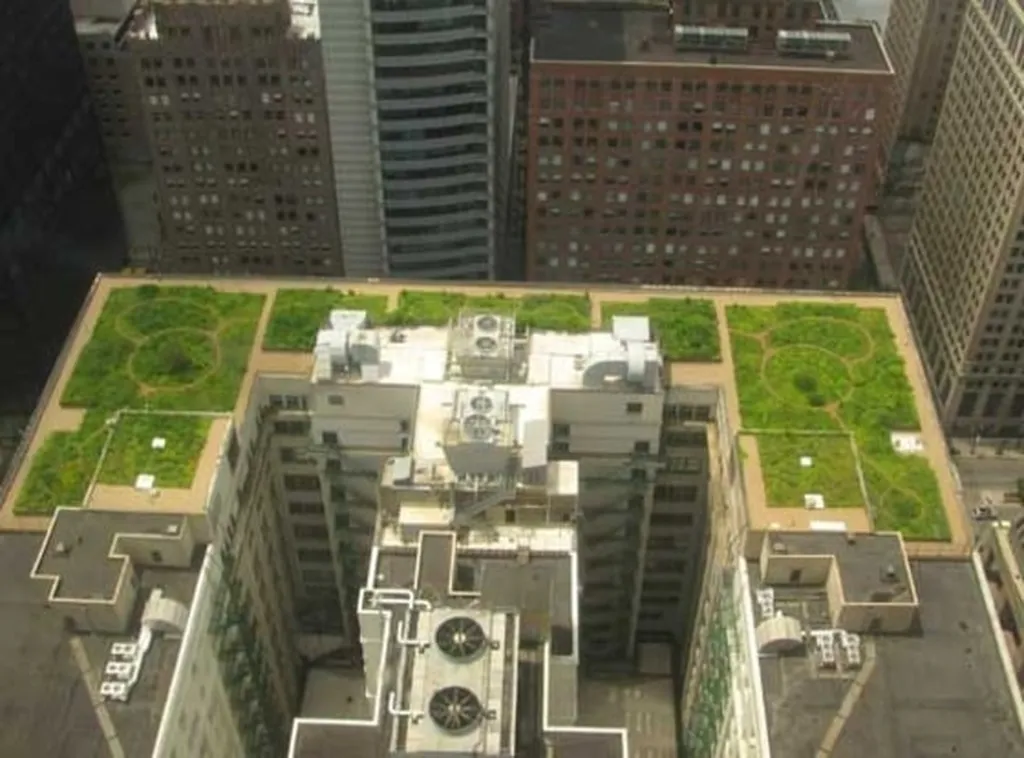In the heart of urban landscapes, where concrete and steel dominate, a quiet revolution is taking place. Rooftops, once mere afterthoughts, are being transformed into lush green spaces, and a recent study is shedding new light on their potential to combat greenhouse gas emissions. The research, led by Shohei Masuda of Honda R&D Co., Ltd.’s Advanced Energy Research and Development Division, has quantified the annual greenhouse gas fluxes from a thin-layer rooftop lawn, offering promising insights for the energy sector and urban planners alike.
Masuda and his team set out to investigate whether green roofs contribute to greenhouse gas (GHG) reduction, a question that has seen limited long-term study. Using clear acrylic automatic open/close chambers, they measured the fluxes of carbon dioxide (CO2), methane (CH4), and nitrous oxide (N2O) from a rooftop lawn over a year. The results were striking. The lawn acted as a net GHG sink, absorbing more CO2 than it emitted, along with minimal CH4 and N2O emissions. “The rooftop lawn sequestered approximately 2,626 grams of CO2 per square meter per year, while emitting only a fraction of other greenhouse gases,” Masuda explained.
The study, published in ‘Frontiers in Environmental Engineering’ (translated as ‘Frontiers in Environmental Engineering’), revealed that the annual GHG emissions from the rooftop lawn ranged from -1,759 to -2,623 grams of CO2 equivalents per square meter per year. This negative value indicates that the lawn is not just neutral but actively reducing the overall GHG footprint.
The implications for the energy sector and urban development are significant. As cities continue to expand, the demand for green spaces that can mitigate the urban heat island effect and reduce energy consumption is growing. Green roofs, with their ability to sequester carbon and reduce emissions, could play a pivotal role in achieving carbon neutrality goals. “This research underscores the potential of green roofs as a viable strategy for urban areas to contribute to GHG reduction efforts,” Masuda noted.
Moreover, the study’s findings could influence future building codes and urban planning policies, encouraging the integration of green roofs into new and existing structures. The commercial impact could be substantial, with opportunities for companies specializing in green roof technologies and maintenance services.
As the world grapples with the challenges of climate change, innovative solutions like green roofs offer a glimpse of hope. By transforming underutilized spaces into productive ecosystems, cities can take a step closer to sustainability. Masuda’s research not only highlights the environmental benefits but also paves the way for a greener, more resilient urban future.

